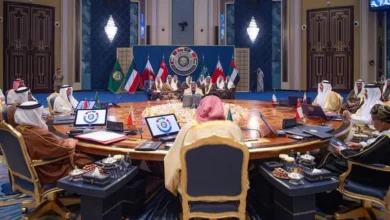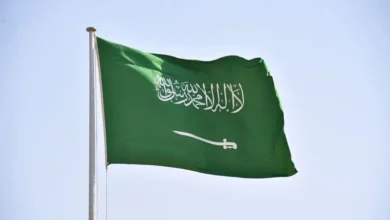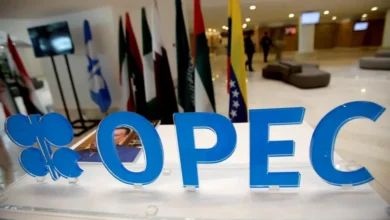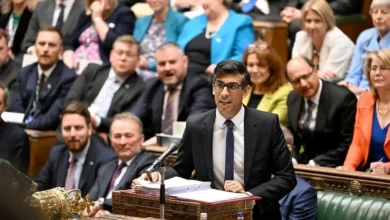Gold and silver soar amid Middle East tensions, US election jitters
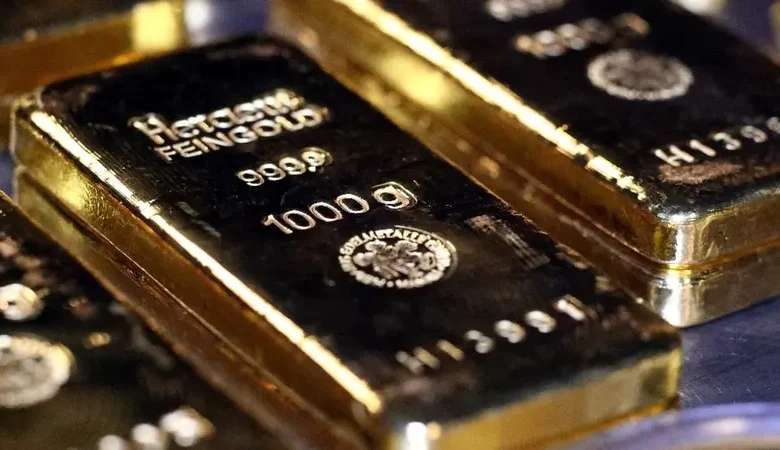
The recent surge in gold and silver prices to record-breaking levels highlights the volatility gripping global markets as geopolitical tensions in the Middle East and US election anxieties mount.
Gold rose above the historic threshold of $2,700-per-ounce last week, driven by investor demand for safe-haven assets amid unfolding conflicts in the Middle East and fears of potential escalation, particularly involving Iran.
Silver prices have also climbed sharply, reaching their highest point in over a decade as the metal benefits both from its appeal as a precious asset and its industrial demand in green technologies.
In the fourth quarter of the year, silver has reversed its downward trend, now echoing gold’s record-breaking trajectory. On October 22, silver prices jumped to $34.87 per ounce, up more than 43 percent since the start of the year and its highest level in 12 years.
With renewed appeal as a safe investment option, silver has captured attention alongside gold, even as it retains its typical price volatility. Many investors are optimistic, seeing signs of a potential bull market for the metal.
Gold prices dipped on Friday, with spot gold easing 0.1 percent to $2,734.25 per ounce by 14:05 GMT. Prices hit an all-time high of $2,758.37 on Wednesday and were on track for a third straight weekly gain. US gold futures were steady at $2,748.90.
Meanwhile, spot silver was steady at $33.78 per ounce.
This comes as major central banks worldwide have begun easing monetary policy and cutting interest rates. These rate cuts – implemented by the Federal Reserve and other central banks – are lowering the cost of holding non-interest-bearing assets like gold and silver.
The People’s Bank of China cut benchmark lending rates on Monday, following reductions to other policy rates last month as part of a package of stimulus measures to revive the economy, driving commodity prices, including gold and silver, higher.
Geopolitical tensions and US election concerns
Bullion, considered a hedge against political and economic uncertainty, is up 32 percent this year, hitting multiple record peaks along the way. According to LSEG Workspace data, if gold maintains these levels, it will mark its largest annual growth since 1979.
“Analysts had originally projected gold might hit $2,700 by year-end, yet by October, the yellow metal had already reached this mark, far ahead of predictions,” Vijay Valecha, chief investment officer at Century Financial, said.
“The rapid ascent was driven by heightened geopolitical unrest, particularly in the Middle East, alongside the prolonged conflict between Russia and Ukraine. This has deepened investor anxiety, pushing demand for safe-haven assets like gold and silver.”
The Middle East is bracing for Israel’s response to a ballistic-missile barrage carried out by Iran on October 1, Tehran’s second direct attack on Israel in six months.
In the past few weeks, Israel has also intensified its offensive against Hezbollah in Lebanon and Hamas in Gaza, both militant groups backed by Iran. The Middle East conflict was triggered by Hamas’ October 7, 2023 attack on southern Israel.
Washington is seeking to head off further widening of the conflict. US Secretary of State Antony Blinken arrived in the Middle East on Tuesday for his 11th trip to the region since the outbreak of the Gaza war. During his visit, he engaged with leaders in Israel, Saudi Arabia and Qatar in an effort to broker a ceasefire agreement.
With a US presidential election just under two weeks away, his efforts may be the final attempt at mediation before potential changes in US foreign policy.
In the United States, opinion polls show the race to the White House remains too tight to call.
The upcoming US election has further intensified an already volatile year, with the two presidential candidates presenting vastly different economic agendas. This adds layers of uncertainty, particularly since varying outcomes could reshape fiscal policies and affect the strength of the dollar.
“Kamala Harris has pledged to increase taxes on wealthy corporations, implement tax cuts for middle- and low-income earners and boost public spending on healthcare and social programs – measures that could eventually slow economic growth and weaken the dollar,” said Valecha. “In contrast, former President Donald Trump has proposed tax cuts, higher tariffs on imports – especially from China, and expanded domestic energy production, which could lend support to the dollar.”
These contrasting approaches have generated apprehension among investors. In such an environment of confusion, investors often turn to safe-haven assets like gold and silver.
Decoupling from traditional influencers
In setting one record level after the other, gold appears to be decoupling from its traditional anchors, such as interest rates, inflation and the dollar.
Gold’s climb has defied the typical indicators, underscoring the extent of investor fears and the metal’s evolving role amid modern financial uncertainties. Analysts indicate that today’s demand reflects broader trends.
“With central banks loosening policies and the US election on the horizon, investors are seeking safe ground, and gold has become the asset of choice,” Walid Abousleiman, market analyst and co-founder of Aksys Global Markets, told Al Arabiya English.
“It’s no longer just a hedge; it’s almost like an anchor in choppy waters. Central banks are buying more, investors are flocking back to gold-backed ETFs and the price continues to hit record highs, signaling this deep-seated need for stability.”
Looking ahead
Experts suggest that election outcomes and potential policy shifts could further stoke precious metals demand. With gold already elevated, its trajectory is likely to continue to trend upward as tensions persist.
“We could see gold hit $2,850 by the end of 2024, with a possible climb toward $3,000 if central banks follow through on the anticipated interest rate cuts. A reduction on the order of 50 basis points could propel gold prices higher, especially if that scenario materializes,” said Abousleiman.
Silver likewise is poised to benefit from both geopolitical risk and increasing industrial uses, particularly in tech and renewable sectors, adding further resilience to its price momentum.
“Silver is expected to rally further as it recently broke above a long-term resistance of $31 and could target previous highs at around $50 per ounce,” noted Valecha.
